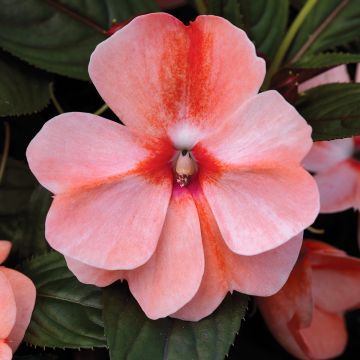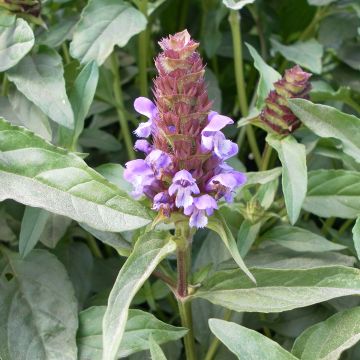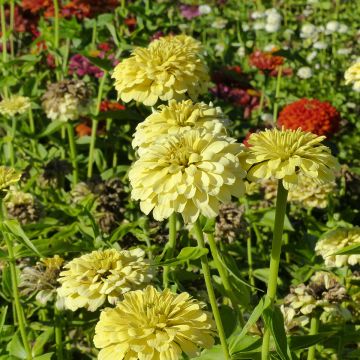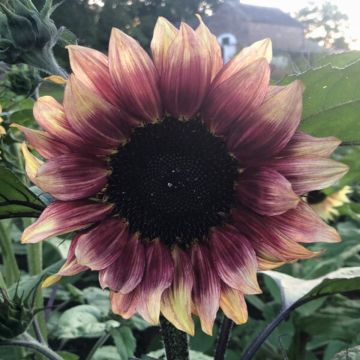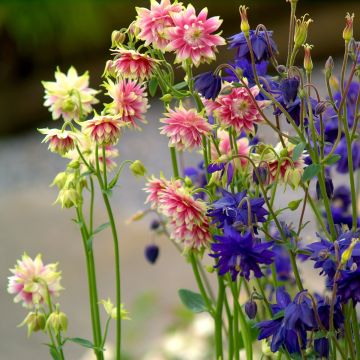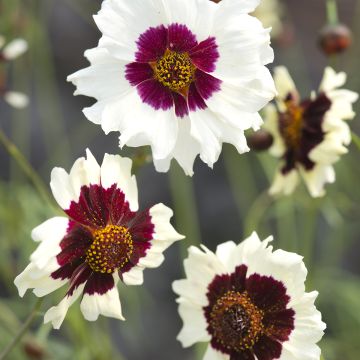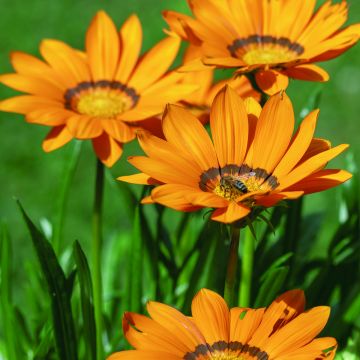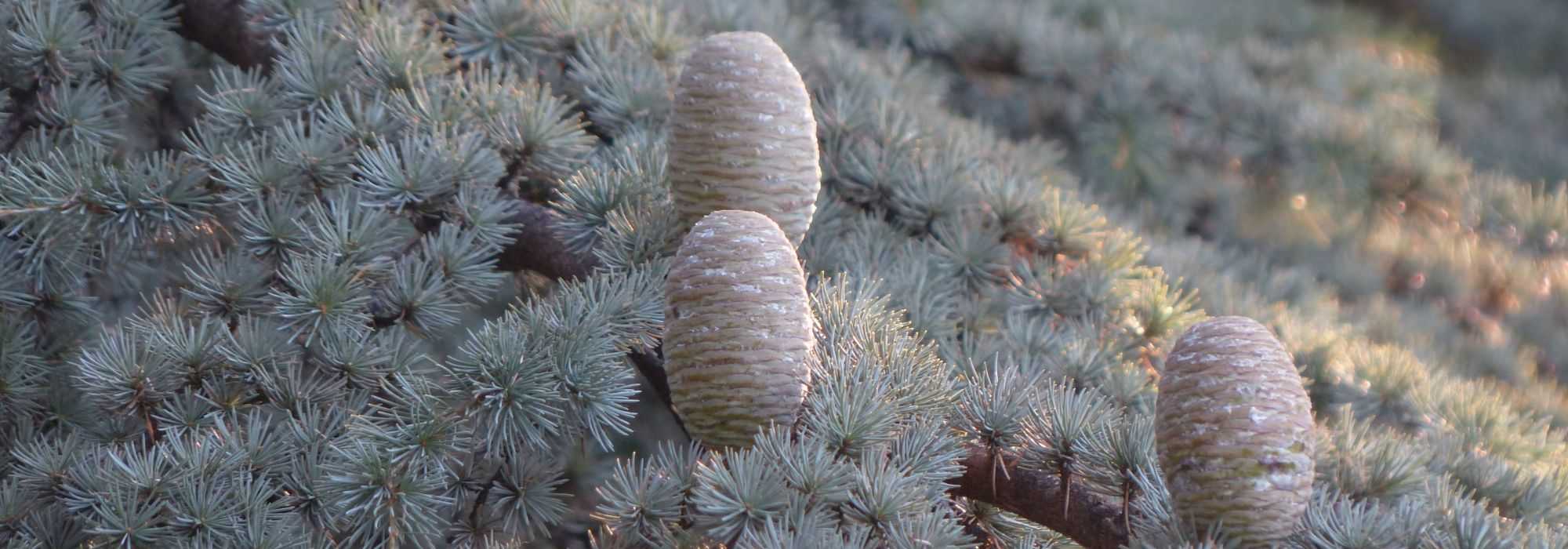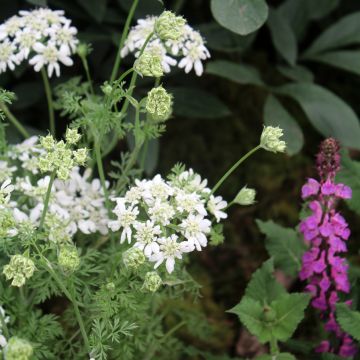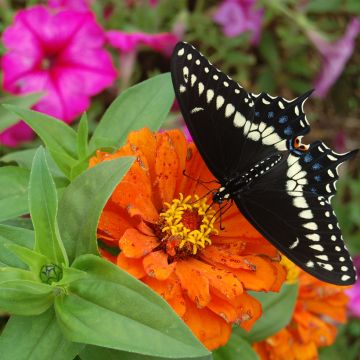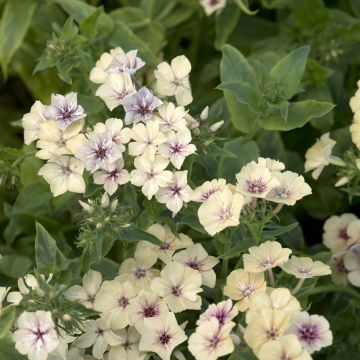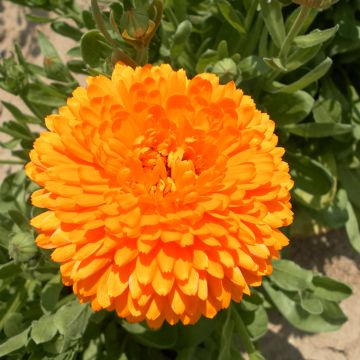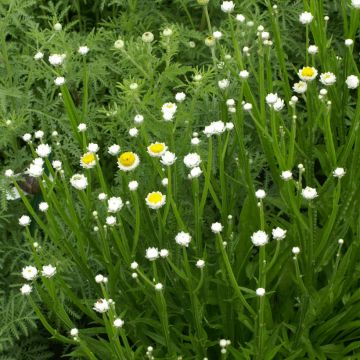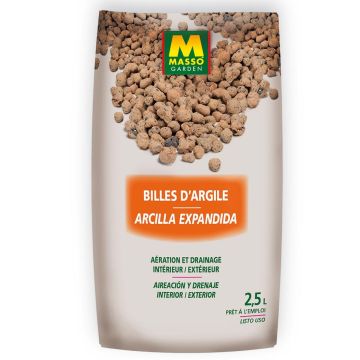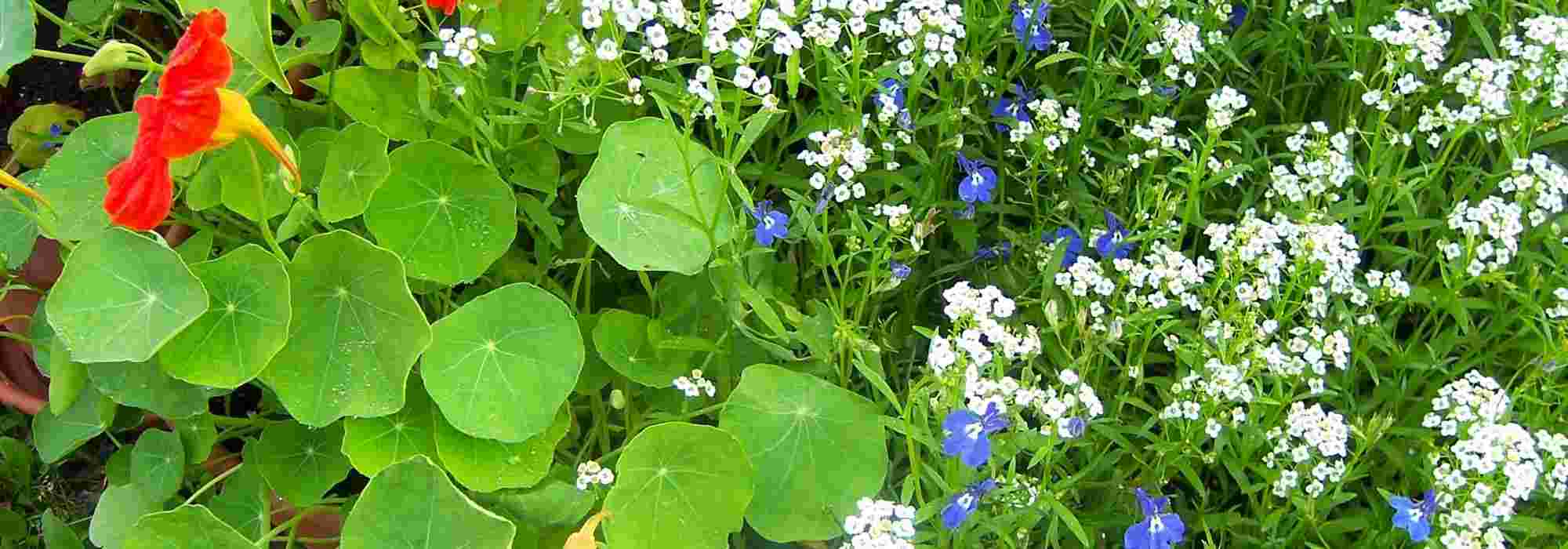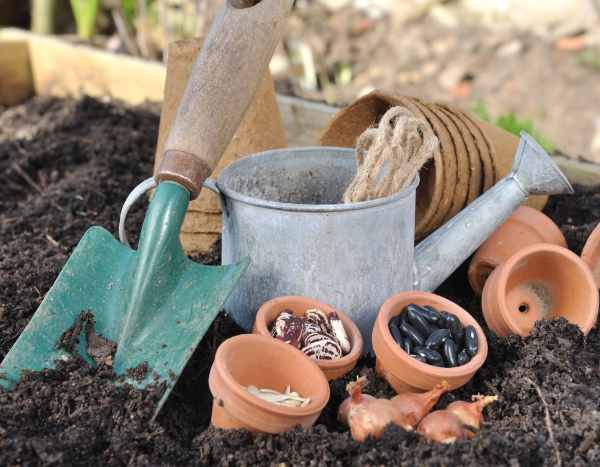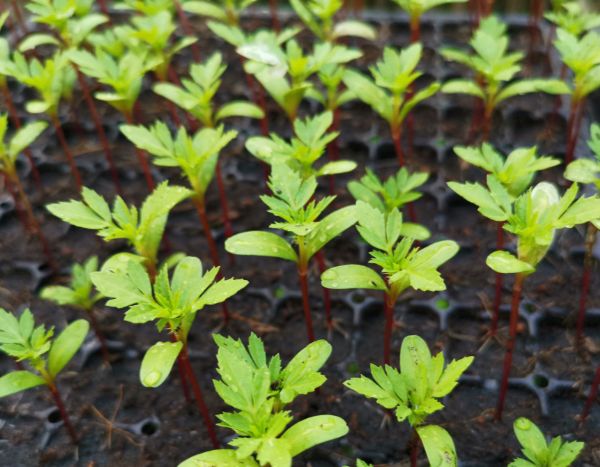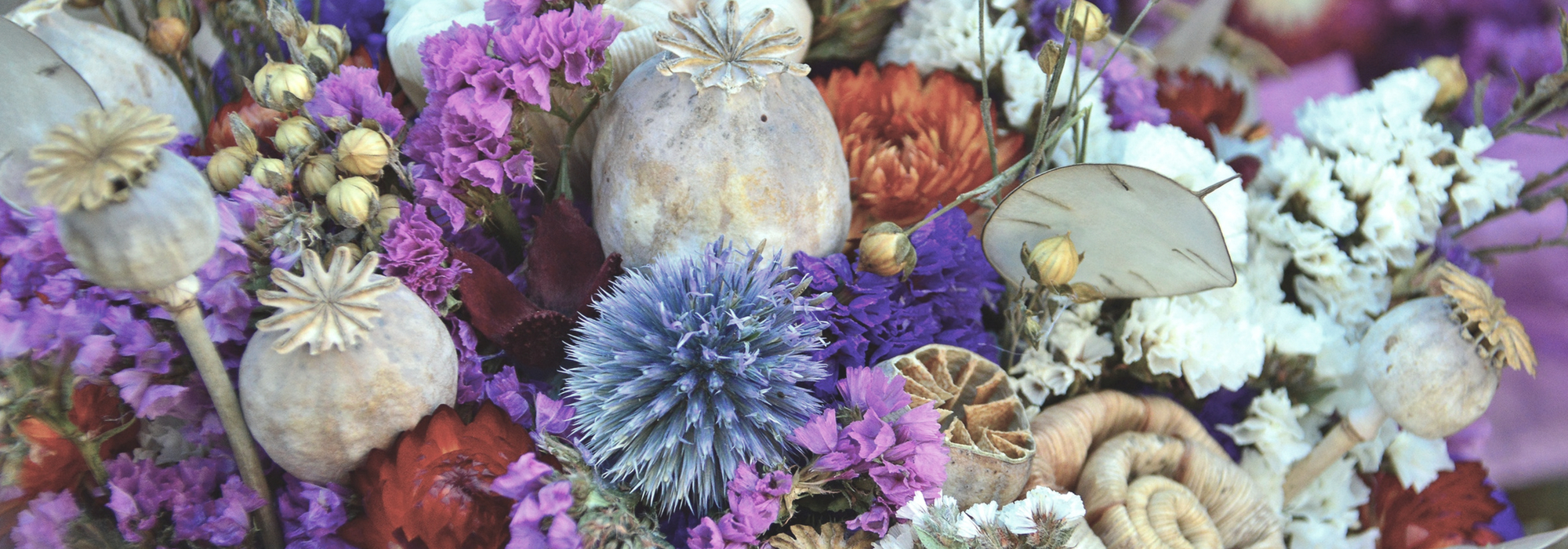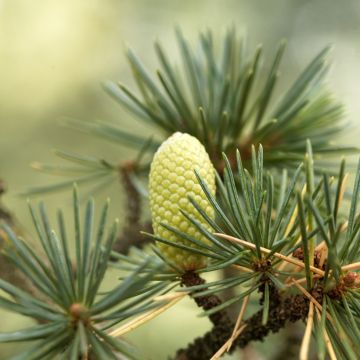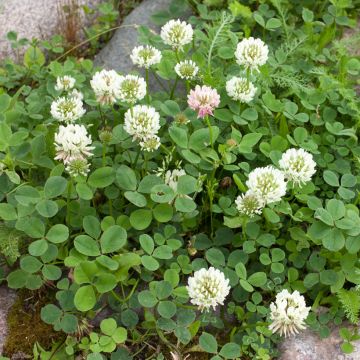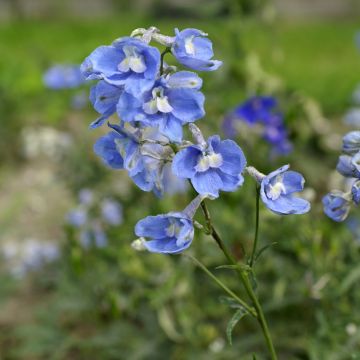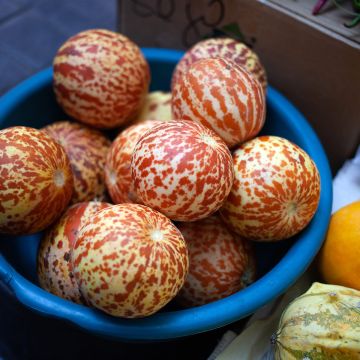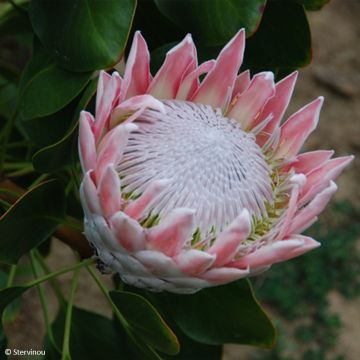

Cedrus atlantica seeds - Atlas cedar
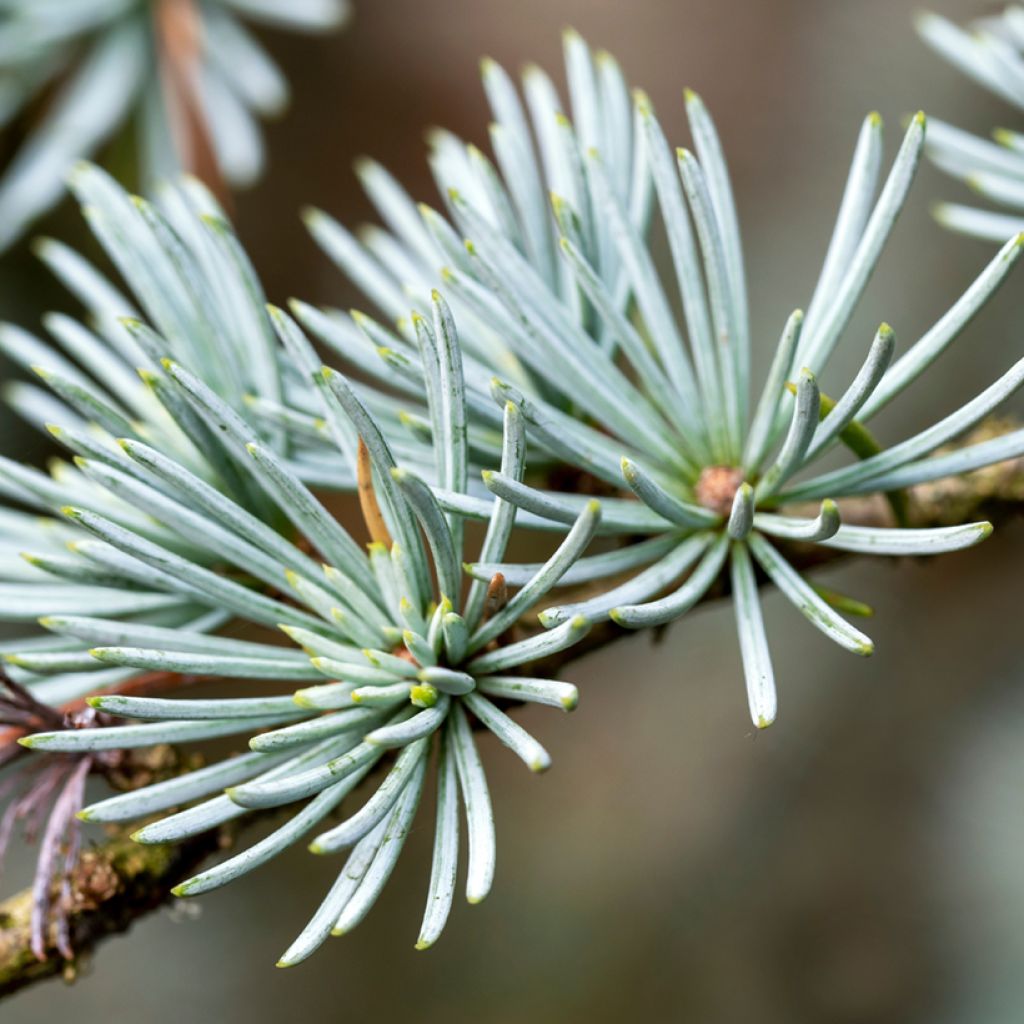

Cedrus atlantica seeds - Atlas cedar
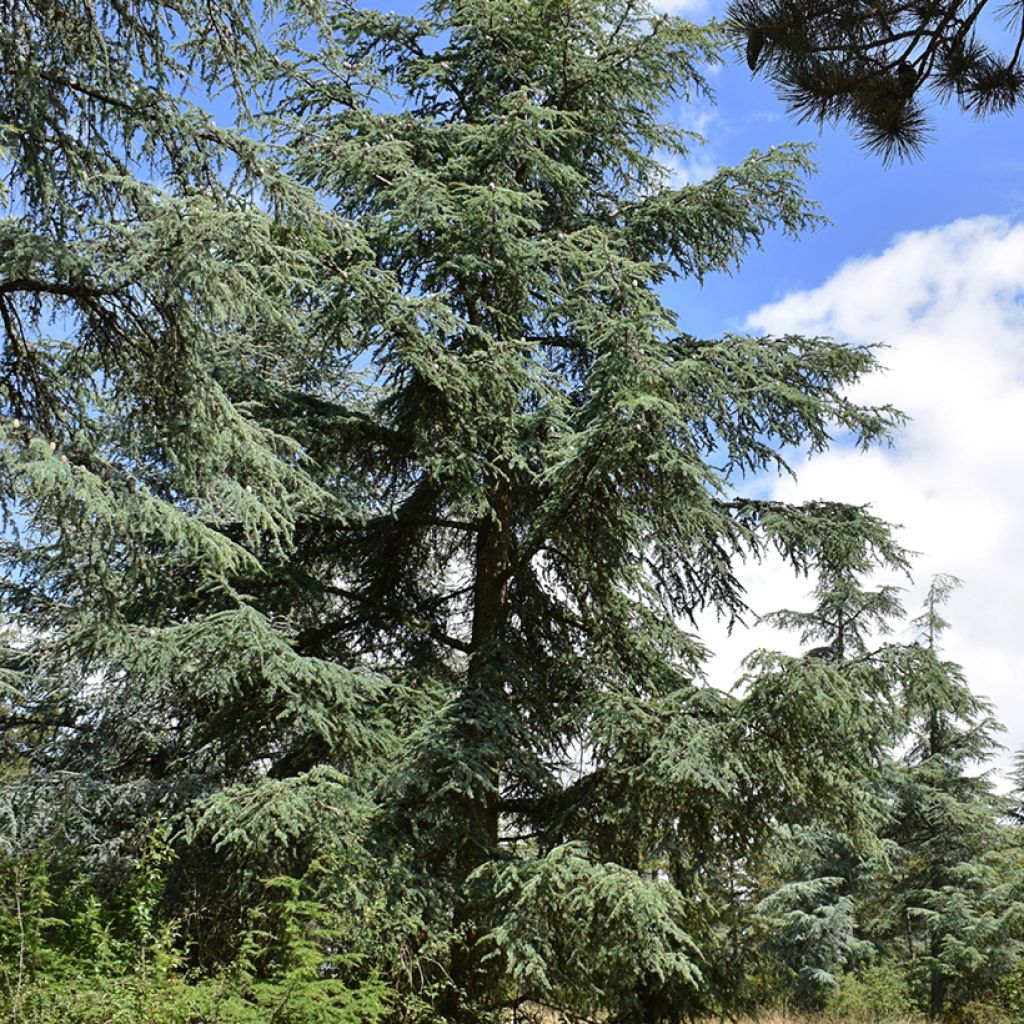

Cedrus atlantica seeds - Atlas cedar
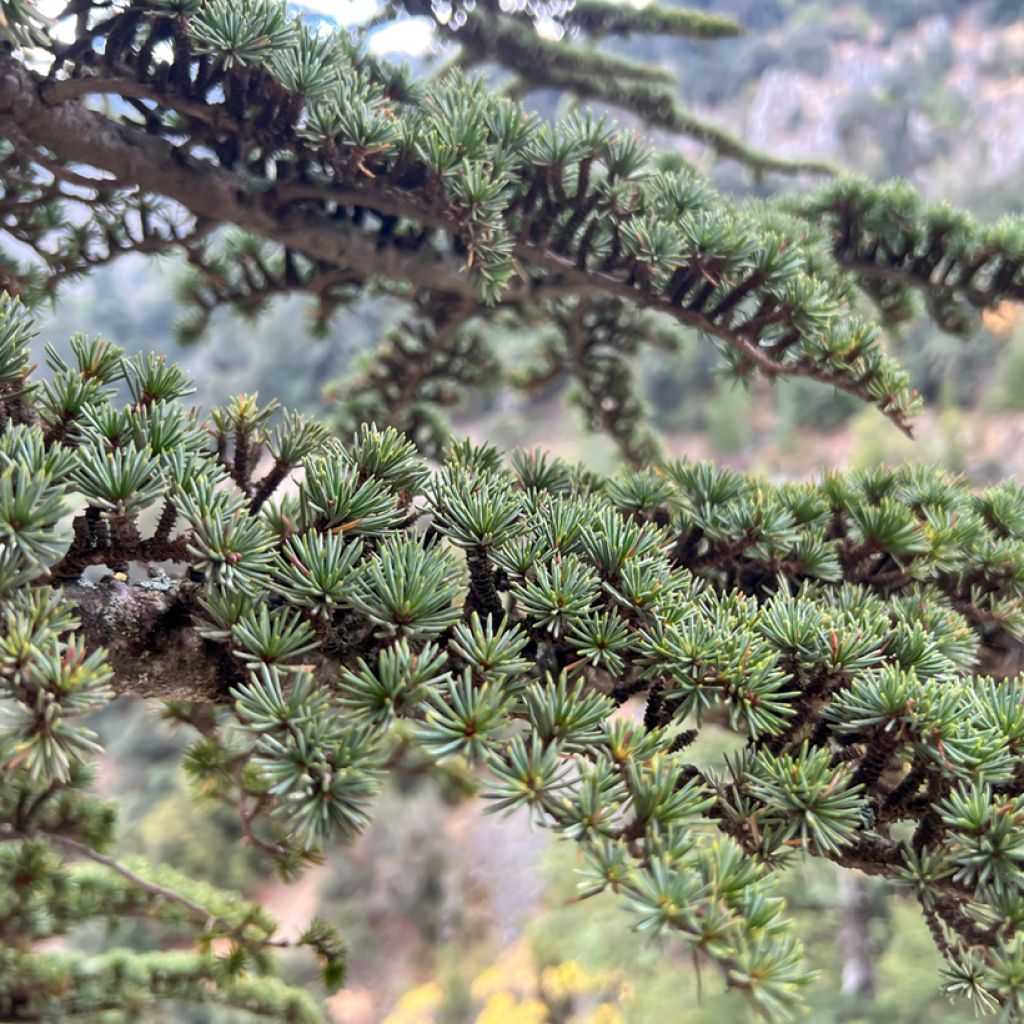

Cedrus atlantica seeds - Atlas cedar
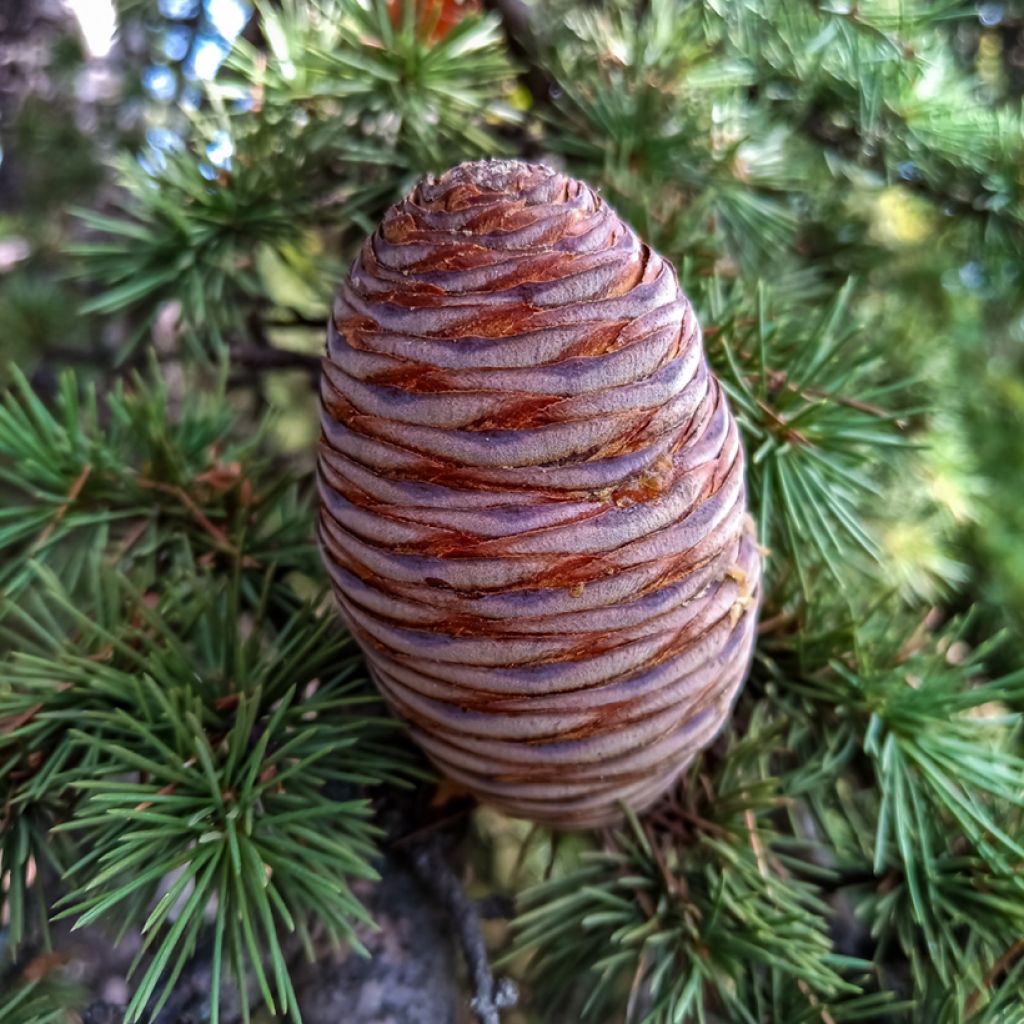

Cedrus atlantica seeds - Atlas cedar
Cedrus atlantica seeds - Atlas cedar
Cedrus atlantica
Atlas Cedar
Special offer!
Receive a €20 voucher for any order over €90 (excluding delivery costs, credit notes, and plastic-free options)!
1- Add your favorite plants to your cart.
2- Once you have reached €90, confirm your order (you can even choose the delivery date!).
3- As soon as your order is shipped, you will receive an email containing your voucher code, valid for 3 months (90 days).
Your voucher is unique and can only be used once, for any order with a minimum value of €20, excluding delivery costs.
Can be combined with other current offers, non-divisible and non-refundable.
Why not try an alternative variety in stock?
View all →This plant carries a 6 months recovery warranty
More information
We guarantee the quality of our plants for a full growing cycle, and will replace at our expense any plant that fails to recover under normal climatic and planting conditions.
Would this plant suit my garden?
Set up your Plantfit profile →
Description
Cedrus atlantica is commonly known as the Atlas Cedar, owing to its geographical origin. It is a large-growing conifer that grows relatively quickly under favourable conditions. Over time, it develops a truly venerable silhouette. Its trunk, with an impressive diameter, covered in beautiful grey-brown bark, and its dark foliage, tinged slightly with blue-green, contribute to its majestic appearance. Capable of adapting to most well-drained soils, even calcareous ones, it withstands urban pollution well. A tree best suited to large plots.
Cedar is a member of the Pinaceae family. There are only four species of Cedars, two of which are even considered by some botanists to be subspecies of the Cedar of Lebanon. This is the case for the Atlas Cedar, classified by some as Cedrus libani var. atlantica. However, it differs from this species in several morphological characteristics that justify its status as a distinct species. It is native to North Africa, primarily the Middle Atlas Mountains of Morocco, but also Algeria, where it is found at altitudes of 1200 to 2600 m. Discovered in 1826 by an English traveller (Philip Barker Webb), it was propagated from 1839 by the French nurseryman Sénéclauze. In 1862, the Water and Forestry Department used it to reforest various Mediterranean mountain areas, including the southern slopes of Mont Ventoux, where it has regenerated naturally ever since. Its growth is moderate to fast under good conditions, reaching a respectable height of 12 m in 20 years of planting. Its habit remains distinctly pyramidal for a longer period than the Cedar of Lebanon, lasting between 40 and 50 years, before broadening without adopting the latter's table-like silhouette. Its massive trunk supports strong branches that rise obliquely, then spread almost horizontally as they age. Capable of living for 500 years or more, a mature specimen can reach heights of 35 to 40 m, with a trunk diameter of 1 m. Its needles are shorter than those of C. libani, measuring only 2 to 2.5 cm long, and their colour is a dark green with a bluish tint. They are arranged spirally on long shoots or clustered in rosettes at the tips of short shoots. Being a monoecious species, some branches bear male inflorescences, while others bear female cones. The males appear in late June at the centre of a leaf rosette and release their pollen grains upon ripening in September. The female inflorescence, initially open, closes after pollination in autumn, forming a small green cone that grows to 5–7 cm long. After 2–3 years, the cones disintegrate, each scale releasing two winged seeds that must be sown very quickly, as they do not keep well in the open air.
The Atlas Cedar is a large tree requiring ample space to develop, as well as a sunny exposure. Only disliking overly clayey and poorly drained soils, it shows good adaptability and tolerates polluted urban air very well. It should be planted as a standalone specimen to fully appreciate its stately silhouette. If your plot is large enough, you can plant nearby trees with colourful foliage to create striking contrasts with its blue-green foliage. Consider Robinia pseudoacacia 'Altdorf', a golden False Acacia with reddish young shoots and fragrant, nectar-rich white flowers, or a Liquidambar styraciflua, or Sweetgum, whose finely cut green foliage turns scarlet red in autumn...
Cedrus atlantica seeds - Atlas cedar in pictures






Foliage
Plant habit
Botanical data
Cedrus
atlantica
Pinaceae
Atlas Cedar
Cedrus libani subsp. atlantica, Pinus atlantica, Cedrus atlantica var. argentea
Atlas Mountains
Other Flower seeds A to Z
View all →Planting and care
Sow in spring, as early as February, as well as in autumn, although the best results are obtained in April. As the germination rate is often below 50%, don't be surprised if not all the seeds sprout—it's not your fault! Atlas Cedar seeds are quite large.
To encourage germination, start with a cold stratification of 3 to 6 weeks, at a temperature of 0 to 1°C. Place the seeds in damp sand inside a tray, in the coldest part of your refrigerator. This treatment, which simulates winter, helps break the seeds' dormancy. Then, soak them in water for 1 to 2 days to soften them, before sowing them in a tray filled with compost, burying them point-down. Ensure the tray remains moist and at a temperature of around 18°C. Germination should occur within 1 to 3 months.
When the young plants reach approximately 10 cm in height, it's time to transplant them into deep forestry pots to allow the taproot to develop without obstruction. After 6 months to 1 year of growing in pots, you can plant your young cedars in their permanent location, as it's best not to move them once established. You can also choose to sow directly outdoors when temperatures are warm enough, typically from early May onwards.
Sowing period
Intended location
Planting & care advice
This item has not been reviewed yet - be the first to leave a review about it.
Similar products
Haven't found what you were looking for?
Hardiness is the lowest winter temperature a plant can endure without suffering serious damage or even dying. However, hardiness is affected by location (a sheltered area, such as a patio), protection (winter cover) and soil type (hardiness is improved by well-drained soil).

Photo Sharing Terms & Conditions
In order to encourage gardeners to interact and share their experiences, Promesse de fleurs offers various media enabling content to be uploaded onto its Site - in particular via the ‘Photo sharing’ module.
The User agrees to refrain from:
- Posting any content that is illegal, prejudicial, insulting, racist, inciteful to hatred, revisionist, contrary to public decency, that infringes on privacy or on the privacy rights of third parties, in particular the publicity rights of persons and goods, intellectual property rights, or the right to privacy.
- Submitting content on behalf of a third party;
- Impersonate the identity of a third party and/or publish any personal information about a third party;
In general, the User undertakes to refrain from any unethical behaviour.
All Content (in particular text, comments, files, images, photos, videos, creative works, etc.), which may be subject to property or intellectual property rights, image or other private rights, shall remain the property of the User, subject to the limited rights granted by the terms of the licence granted by Promesse de fleurs as stated below. Users are at liberty to publish or not to publish such Content on the Site, notably via the ‘Photo Sharing’ facility, and accept that this Content shall be made public and freely accessible, notably on the Internet.
Users further acknowledge, undertake to have ,and guarantee that they hold all necessary rights and permissions to publish such material on the Site, in particular with regard to the legislation in force pertaining to any privacy, property, intellectual property, image, or contractual rights, or rights of any other nature. By publishing such Content on the Site, Users acknowledge accepting full liability as publishers of the Content within the meaning of the law, and grant Promesse de fleurs, free of charge, an inclusive, worldwide licence for the said Content for the entire duration of its publication, including all reproduction, representation, up/downloading, displaying, performing, transmission, and storage rights.
Users also grant permission for their name to be linked to the Content and accept that this link may not always be made available.
By engaging in posting material, Users consent to their Content becoming automatically accessible on the Internet, in particular on other sites and/or blogs and/or web pages of the Promesse de fleurs site, including in particular social pages and the Promesse de fleurs catalogue.
Users may secure the removal of entrusted content free of charge by issuing a simple request via our contact form.
The flowering period indicated on our website applies to countries and regions located in USDA zone 8 (France, the United Kingdom, Ireland, the Netherlands, etc.)
It will vary according to where you live:
- In zones 9 to 10 (Italy, Spain, Greece, etc.), flowering will occur about 2 to 4 weeks earlier.
- In zones 6 to 7 (Germany, Poland, Slovenia, and lower mountainous regions), flowering will be delayed by 2 to 3 weeks.
- In zone 5 (Central Europe, Scandinavia), blooming will be delayed by 3 to 5 weeks.
In temperate climates, pruning of spring-flowering shrubs (forsythia, spireas, etc.) should be done just after flowering.
Pruning of summer-flowering shrubs (Indian Lilac, Perovskia, etc.) can be done in winter or spring.
In cold regions as well as with frost-sensitive plants, avoid pruning too early when severe frosts may still occur.
The planting period indicated on our website applies to countries and regions located in USDA zone 8 (France, United Kingdom, Ireland, Netherlands).
It will vary according to where you live:
- In Mediterranean zones (Marseille, Madrid, Milan, etc.), autumn and winter are the best planting periods.
- In continental zones (Strasbourg, Munich, Vienna, etc.), delay planting by 2 to 3 weeks in spring and bring it forward by 2 to 4 weeks in autumn.
- In mountainous regions (the Alps, Pyrenees, Carpathians, etc.), it is best to plant in late spring (May-June) or late summer (August-September).
The harvesting period indicated on our website applies to countries and regions in USDA zone 8 (France, England, Ireland, the Netherlands).
In colder areas (Scandinavia, Poland, Austria...) fruit and vegetable harvests are likely to be delayed by 3-4 weeks.
In warmer areas (Italy, Spain, Greece, etc.), harvesting will probably take place earlier, depending on weather conditions.
The sowing periods indicated on our website apply to countries and regions within USDA Zone 8 (France, UK, Ireland, Netherlands).
In colder areas (Scandinavia, Poland, Austria...), delay any outdoor sowing by 3-4 weeks, or sow under glass.
In warmer climes (Italy, Spain, Greece, etc.), bring outdoor sowing forward by a few weeks.
































